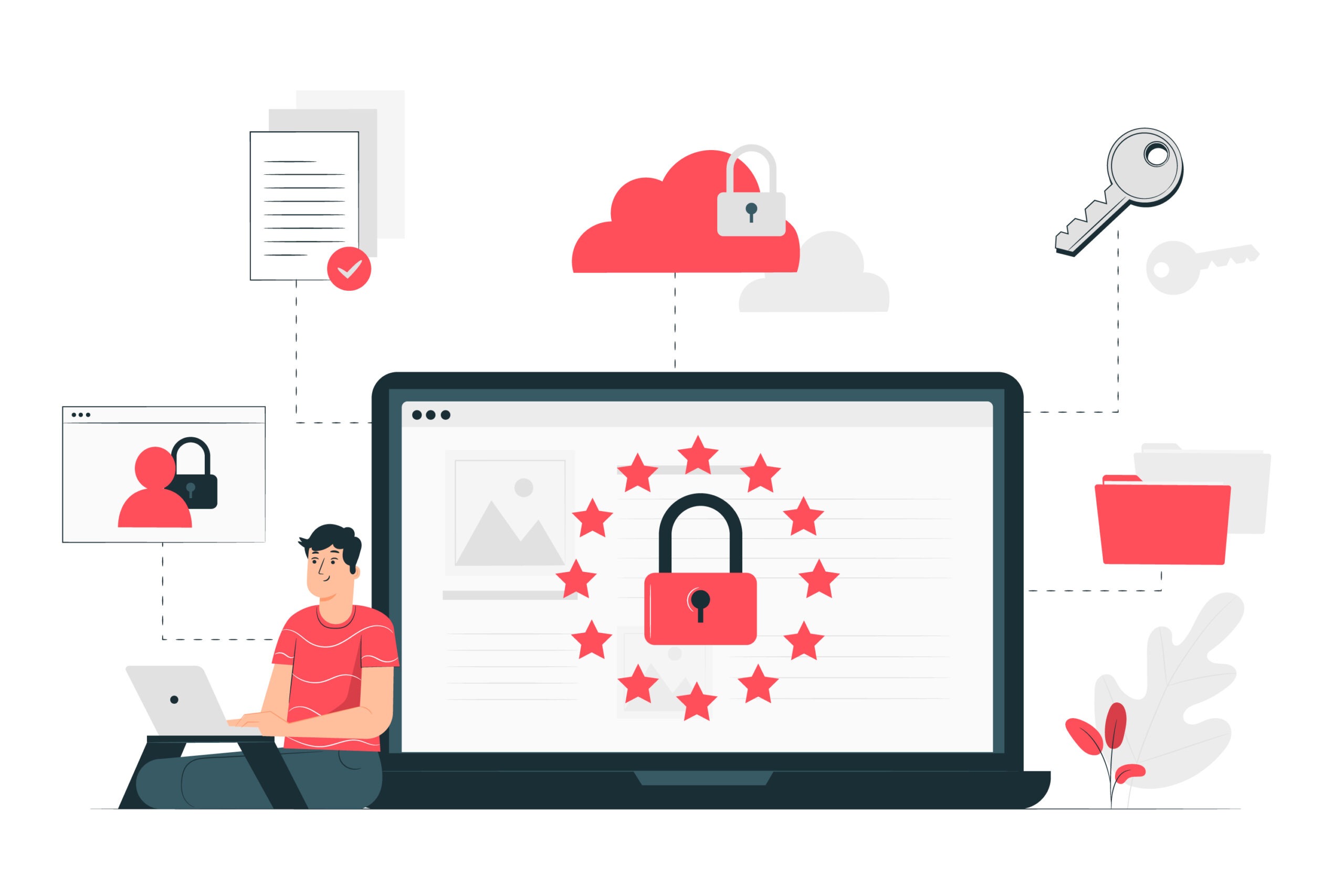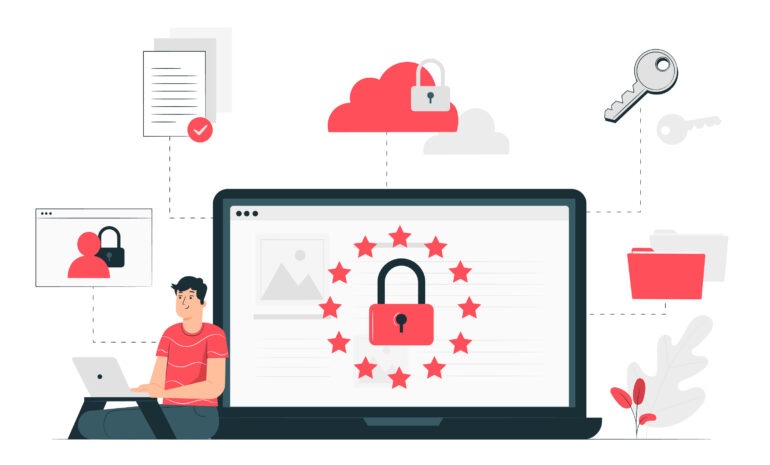In the ever-evolving world of data privacy, businesses are scrambling to adapt to new regulations, shifting consumer expectations, and the demise of third-party tracking. Enter zero-party data—a concept that’s no longer just a buzzword but a necessity for brands that want to thrive in 2025.
In this post, we’ll dive into what zero-party data is, why it’s critical for modern businesses, and actionable strategies to collect and leverage it effectively.
What Exactly is Zero-Party Data?
Zero-party data (ZPD) refers to information that customers explicitly and intentionally share with a brand. Unlike first-party data (collected passively via cookies or purchase history) or third-party data (bought from external sources), ZPD is volunteered directly by users. Think of it as a “gift” of information in exchange for better experiences.
Examples of ZPD include:
- A customer sharing dietary preferences (e.g., gluten-free, vegan) on a food delivery app.
- A shopper disclosing their style preferences via a quiz on a fashion retailer’s website.
- A subscriber opting into a survey to share feedback about their ideal product features.
The key? Transparency and consent. Customers know exactly what they’re sharing and why.
Why Zero-Party Data Dominates in 2025
- Privacy Laws Are Stricter Than Ever
With regulations like the EU’s Digital Services Act (DSA) and California’s updated CCPA 2.0 in full swing, brands can no longer rely on loopholes or vague consent forms. Zero-party data is inherently compliant because it’s voluntary and specific, reducing legal risks. - Third-Party Data is Officially Obsolete
By 2025, Google has fully phased out third-party cookies in Chrome, and platforms like Meta have tightened data-sharing policies. Traditional tracking methods are dead—zero-party data fills the gap. - Consumers Demand Control
A 2025 Salesforce report reveals that 72% of customers will only engage with brands that let them control how their data is used. ZPD empowers users while giving businesses richer insights. - AI Needs High-Quality Input
Generative AI tools (like personalized chatbots or dynamic pricing engines) require accurate, real-time data to function effectively. Zero-party data feeds these systems with trusted, relevant inputs.
How to Collect Zero-Party Data in 2025
Forget invasive pop-ups or shady data brokers. Here’s how to ethically gather ZPD in 2025:
- Interactive Quizzes and Assessments
Example: A skincare brand asks, “What’s your biggest skin concern?” and recommends products based on the answer. Tools like Typeform or Interact make this easy. - Preference Centers
Let users customize their experience. Streaming services like Spotify already do this with “Favorite Genres,” but in 2025, businesses are taking it further (e.g., “Which sustainability initiatives matter most to you?”). - Gamified Loyalty Programs
Reward customers for sharing insights. For instance: “Complete this 2-minute survey and earn 500 loyalty points toward your next purchase.” - Progressive Profiling
Gradually collect data over time. Start with an email signup, then ask for a birthday, then preferences—building trust step by step.
4 Ways to Use Zero-Party Data in 2025
- Hyper-Personalized Marketing
Use ZPD to segment audiences with surgical precision. Example: If a customer shares they’re planning a wedding, send them tailored offers for bridal collections or event services. - Predictive Product Development
Analyze ZPD to spot trends. A fitness brand might notice that 40% of users prioritize “eco-friendly materials,” prompting a new sustainable activewear line. - Dynamic Pricing and Offers
Pair ZPD with AI to deliver real-time deals. Example: A travel agency offers last-minute discounts to users who’ve previously shared interest in “budget-friendly getaways.” - Ethical AI Training
Train customer service chatbots or recommendation engines on ZPD to avoid bias and ensure responses align with user preferences.
The Risks of Ignoring Zero-Party Data in 2025
Brands that cling to outdated data strategies face:
- Legal penalties: Non-compliance with privacy laws can cost up to 4% of global revenue.
- Eroded trust: 68% of consumers will abandon a brand that misuses their data (2025 Edelman Trust Report).
- Missed revenue: Personalization powered by ZPD can boost conversion rates by 20% or more.
Conclusion: Zero-Party Data Isn’t Optional—It’s Survival
In 2025, zero-party data is the cornerstone of customer-centric business models. It’s not just about avoiding fines or keeping up with trends—it’s about building genuine relationships in a privacy-first world. By prioritizing transparency and value exchange, your brand can turn data collection into a competitive advantage.

